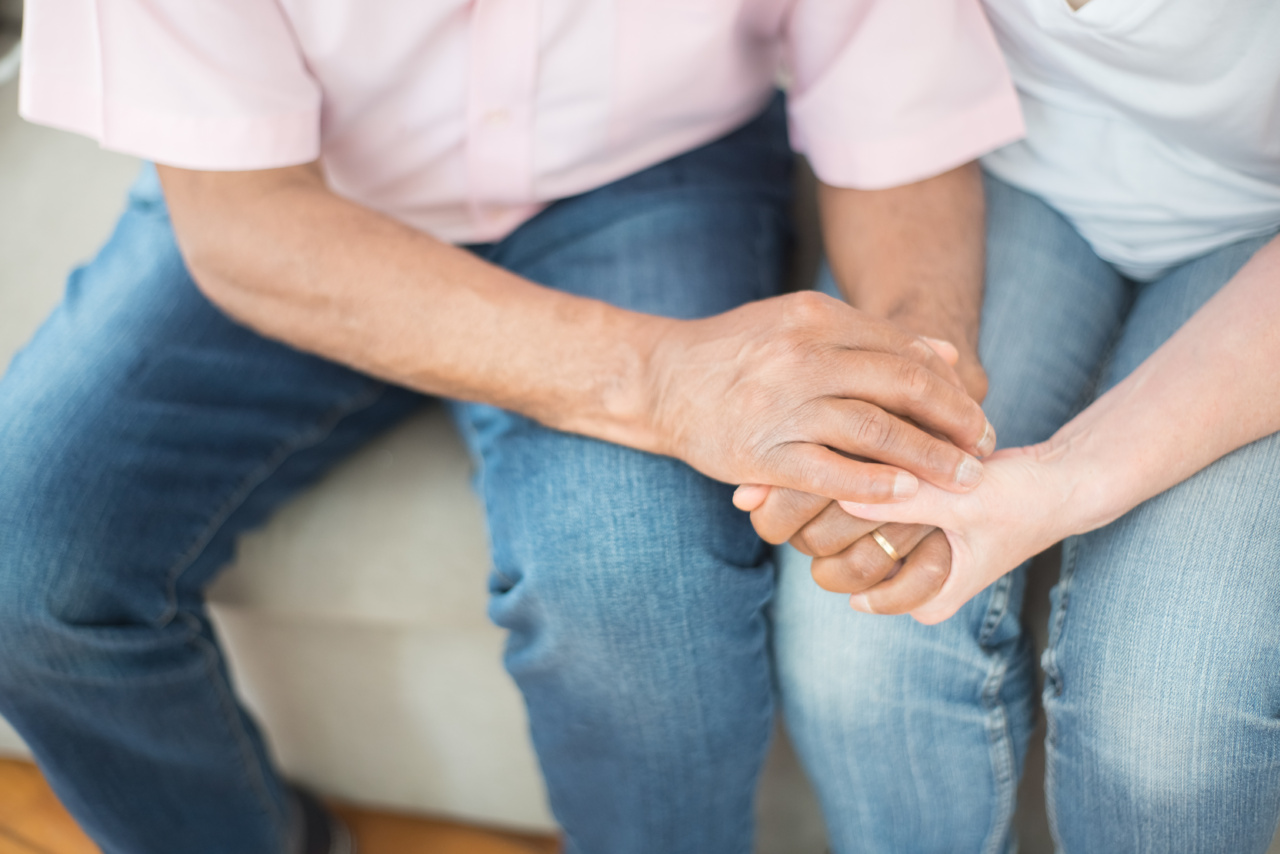Chronic waist pain is a condition that can significantly impact your quality of life. It can make it difficult to work, exercise, and carry out daily tasks. There are many different causes of waist pain, and finding the right treatment can be challenging.
Here are some strategies for coping with chronic waist pain:.
1. Identify the Cause of Your Pain
One of the first steps in coping with chronic waist pain is to identify the underlying cause. Some common causes of waist pain include:.
- Arthritis
- Herniated disk
- Sciatica
- Structural issues such as scoliosis
- Muscle strain or sprain
- Pinched nerve
If you’re experiencing chronic waist pain, it’s important to see a doctor or physical therapist to determine the underlying cause. This will help you develop an effective treatment plan.
2. Practice Good Posture
Practicing good posture can help alleviate waist pain by reducing tension in your muscles and joints. When sitting, make sure to sit up straight with your feet flat on the floor. Use a chair with good back support, and avoid crossing your legs.
When standing, distribute your weight evenly between your feet and keep your shoulders back and down.
3. Modify Your Activities
Depending on the cause of your waist pain, some activities may exacerbate your symptoms. If you’re experiencing waist pain, try modifying your activities to reduce strain on your back and waist.
This may mean taking frequent breaks when sitting or standing for long periods of time, avoiding activities that require repetitive bending or twisting, or using assistive devices to lift heavy objects.
4. Use Heat or Cold Therapy
Heat or cold therapy can help alleviate waist pain by reducing inflammation and muscle spasms. Heat therapy, such as a warm bath or heating pad, can help relax muscles and increase blood flow to the affected area.
Cold therapy, such as an ice pack or cold compress, can help reduce swelling and numb pain.
5. Stretch and Exercise
Stretching and exercising can help alleviate waist pain by improving flexibility, strengthening muscles, and reducing tension.
However, it’s important to consult with a physical therapist or doctor to determine the right exercises for your specific condition. Some exercises that may be helpful for waist pain include gentle stretches, yoga, and low-impact aerobic activities such as walking or swimming.
6. Consider Medications
If you’re experiencing chronic waist pain, your doctor may prescribe medications to help manage your symptoms. Some common medications for waist pain include:.
- Over-the-counter pain relievers such as ibuprofen or acetaminophen
- Prescription pain relievers
- Muscle relaxants
- Antidepressants or anticonvulsants
It’s important to talk to your doctor about the potential risks and benefits of any medications you’re considering.
7. Consider Alternative Therapies
There are many alternative therapies that may be helpful in coping with chronic waist pain. Some of these therapies include:.
- Acupuncture
- Chiropractic care
- Massage therapy
- Physical therapy
- Mind-body therapies such as meditation or yoga
It’s important to talk to your doctor before starting any alternative therapies.
8. Seek Support
Coping with chronic waist pain can be challenging, both physically and emotionally. It’s important to seek support from family, friends, or a support group if you’re struggling.
You may also consider talking to a counselor or therapist to help manage the emotional toll of chronic pain.
9. Practice Self-Care
Self-care is an important part of coping with chronic waist pain. This may include:.
- Eating a healthy diet
- Getting enough sleep
- Practicing stress management techniques such as deep breathing or meditation
- Prioritizing activities that bring you joy and relaxation
Remember that coping with chronic waist pain is a journey, and it may take time to find the right treatment plan for you. Be patient with yourself, and don’t hesitate to reach out for help when you need it.




























